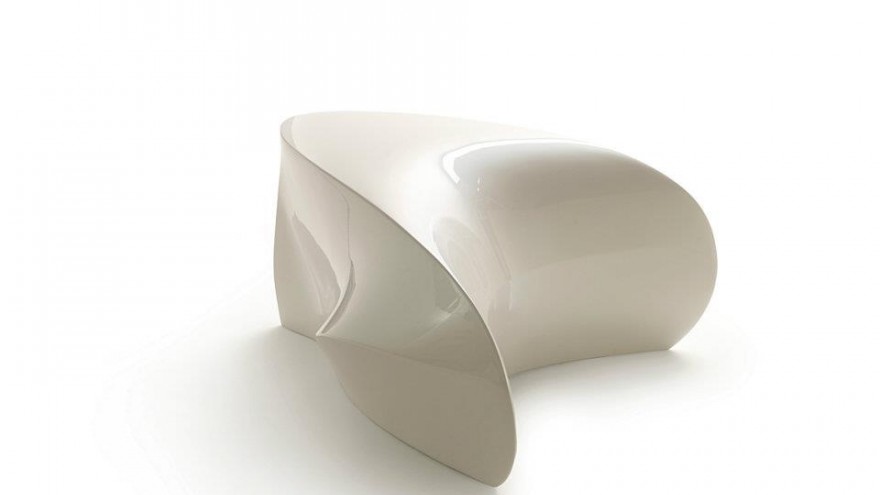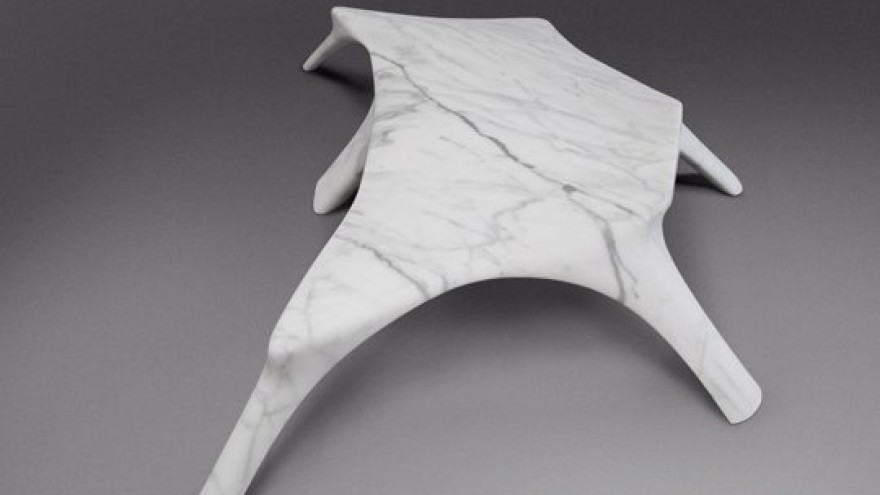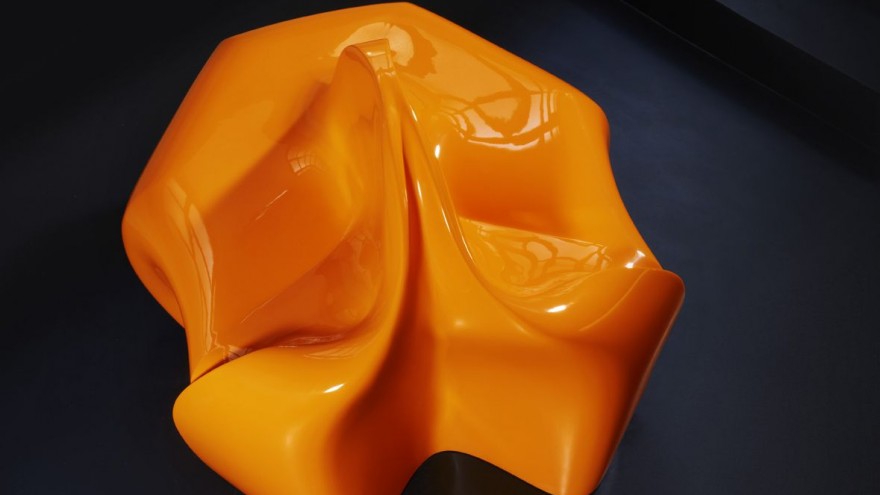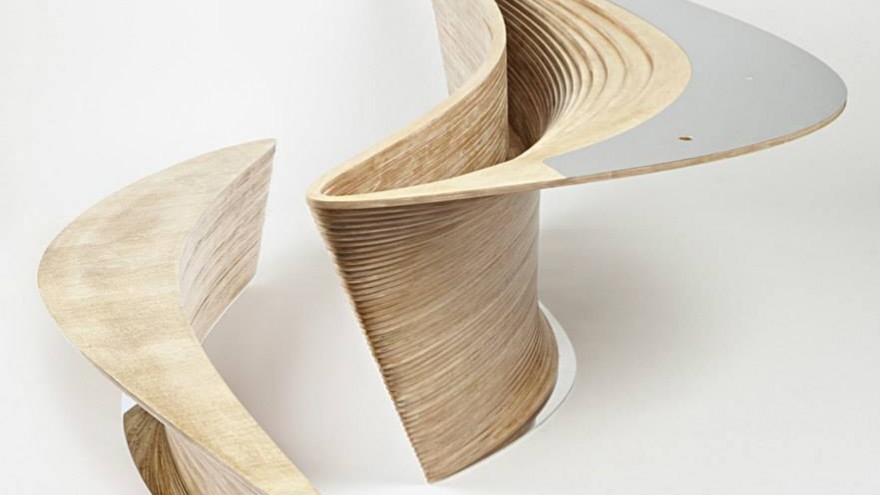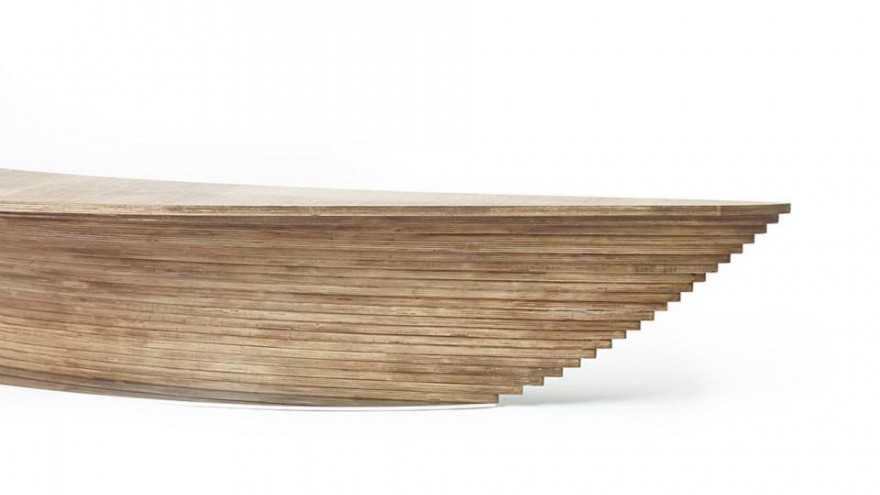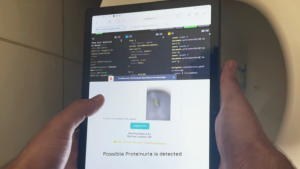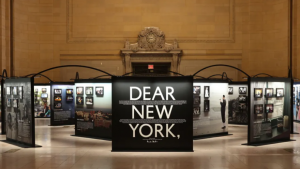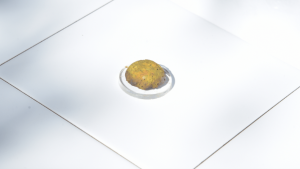In October 2013, New York magazine’s annual Global Design Issue selected 21 products made by pioneering young designers under the age of 35. Included in the list was the Ren table by Nigerian-born architect and designer Ifeanyi Oganwu, whose innovative furniture designs have caught the attention of both the art and design worlds.
The sprawling, asymmetrical form of the Ren table is typical of the kind of highly engineered, limited-edition pieces that Oganwu is becoming known for. The table is carved from white Carrara marble in one solid piece, its base of six legs rising indistinguishably into the tabletop. The design combines advanced technological production (in this case, CNC milling where a digital design is programmed into a milling machine with a five-axis robotic arm) with handcrafted details – a trademark of Oganwu’s work.
Having grown up in his father’s architectural and urban planning practice, Oganwu now runs his own studio, Expand Design, in London. He studied architecture at the Illinois Institute of Technology in Chicago, the Architectural Association in London and Columbia University in New York. He then honed his skills in the practices of Zaha Hadid Architects, AKT Consulting Structural Engineers and John Ronan Architects. He began designing furniture in 2008, presenting his first collection in 2010 at Milan Design Week.
The name Expand Design was “borrowed” from the expanded arts movement of the 1960s and 70s, says Oganwu, which saw painters making music and sculptors making films.
He was “interested in this kind of notion where artists were exploring creative dimensions outside their fields,” and as an architect actively working across the disciplines of art, architecture, digital design and fashion the name could not have been more fitting.
As a result of my background in architecture, I look at form against material performance, spatial relationships and typology, so every project responds to a set of criteria built around these relationships, he says.
Highly sculptural and often organic in structure, Oganwu’s designs explore the relationships between handicraft, history and base materials. He draws inspiration from his multicultural upbringing and experiences, using his observations of how design adapts to diverse scenarios to further enhance his creative process.
The opportunities presented by digital technologies and state-of-the art fabrication techniques are of particular interest to Oganwu. They give his designs their distinctive sensual aesthetic, punctuated with playful touches in the form of glossy pops of colour reminiscent of 1960s Pop Art.
He eschews the conventional route many designers take in working with leading brands, choosing instead to produce his designs in collaboration with a small group of specialised manufacturers based in the UK and Italy. This has enabled him to make use of a wide spectrum of techniques, materials and finishes: from the highly polished aluminium surfaces of the futuristic Splice chair produced in collaboration with car manufacturing specialists, to the textured surface of the Contoured Crater desk and side table, achieved by the methodical layering of plywood plates arranged in a way that gives the final form a feeling of weightlessness and the appearance of being sculpted by the elements.
I always try to push the limits within a specific typology in order to present a new way of seeing and engaging with the typology in question.
“This brings an added value and function, leaving the end result to be interpreted by the viewer.”
The experimental Tootsie Rug is a good example of this. Echoing the patterns of woven rugs in the form of interlocking marble tiles, the rug’s interactive design enables it to be adapted to the space in which it is placed. Tootise is not limited to the floor either – it can be applied to screens, wall units or cladding systems.
Moving beyond architecture and furniture design, Oganwu’s interests have also extended to the fashion industry. He collaborated with fashion designer Hussein Chalayan on his 2006 Spring/Summer collection presented at Paris Fashion Week and, in what could be seen as drawing on this experience by applying the relationship of the body to his designs, he is in the process of developing a collection of wearable structures.
The year 2013 was a career-defining one for Oganwu: he had his first solo show, Look Mum No Hands, at Galerie Armel Soyer in Paris; participated in Dutch gallery Priveekollektie's Design Miami/Basel exhibition and was included in the book Spirit of furniture and design: The aesthetic evolution from ancient times to our days by French design historian Anne Bony.
He showed his work in Designing Africa, a group exhibition exploring contemporary African design held by the African Artists’ Foundation in Lagos, and is due to take part in the 2014 edition, which opens 20 September.
And he has set his sights skywards. His ambition for the future? To design a large-scale project such as a bridge or a tower. Watch the skyline.

